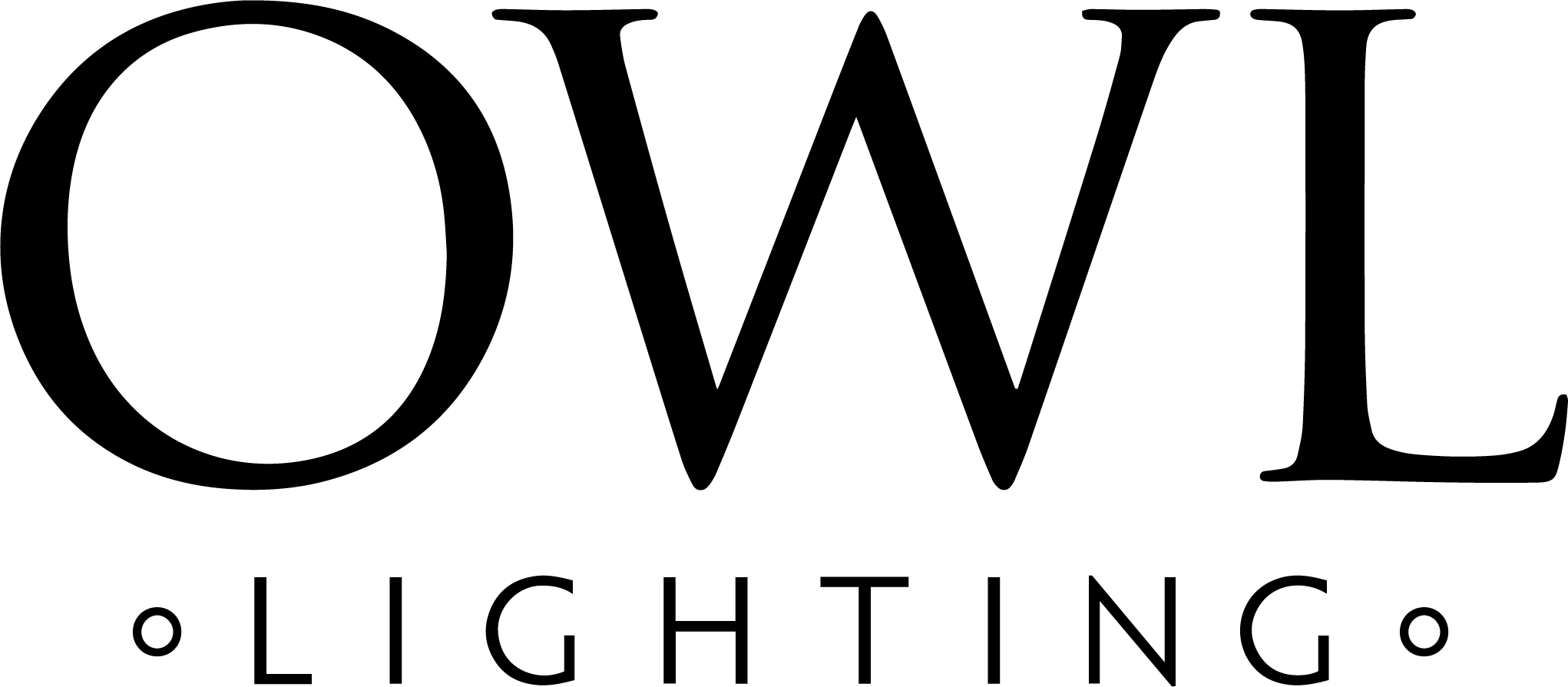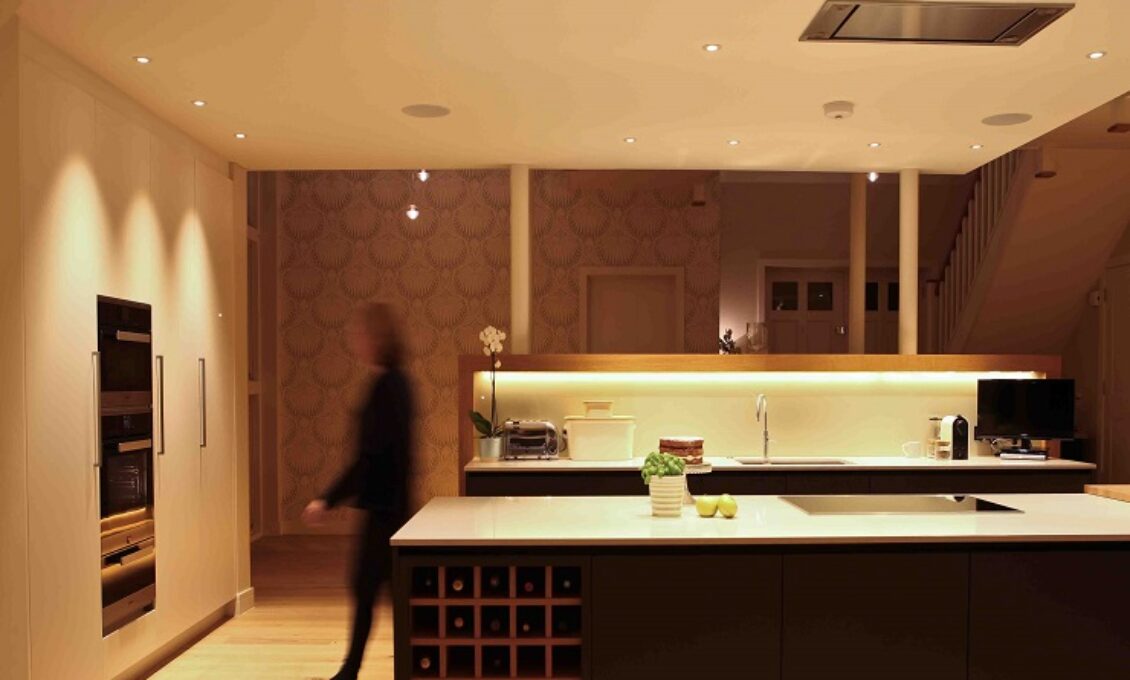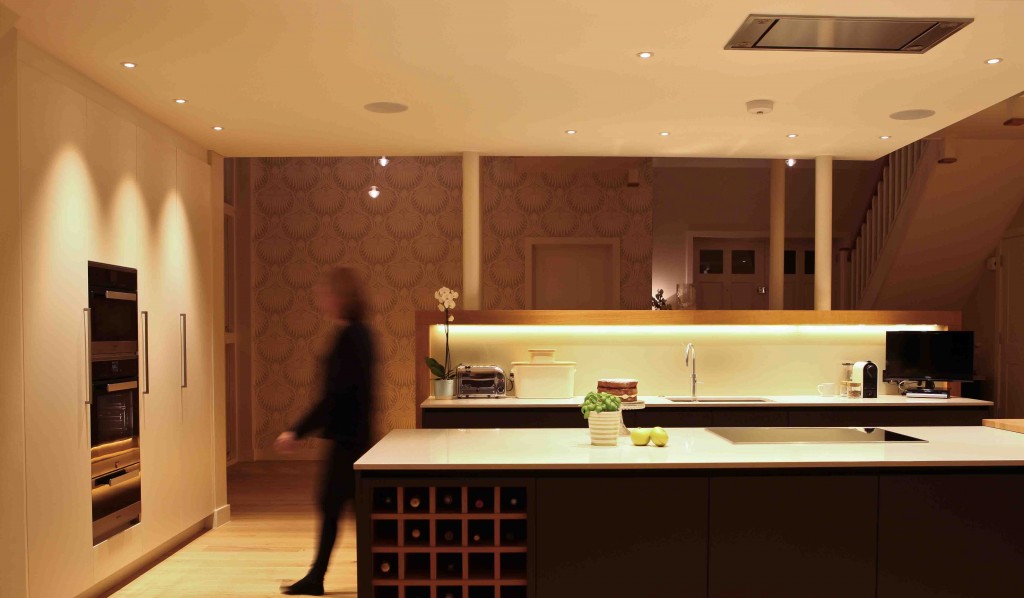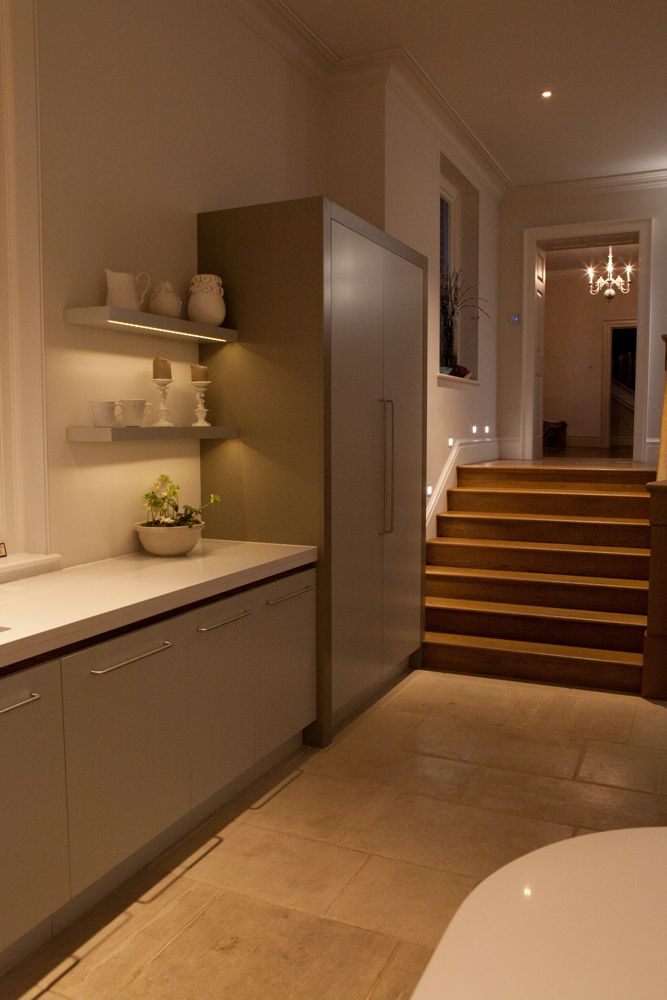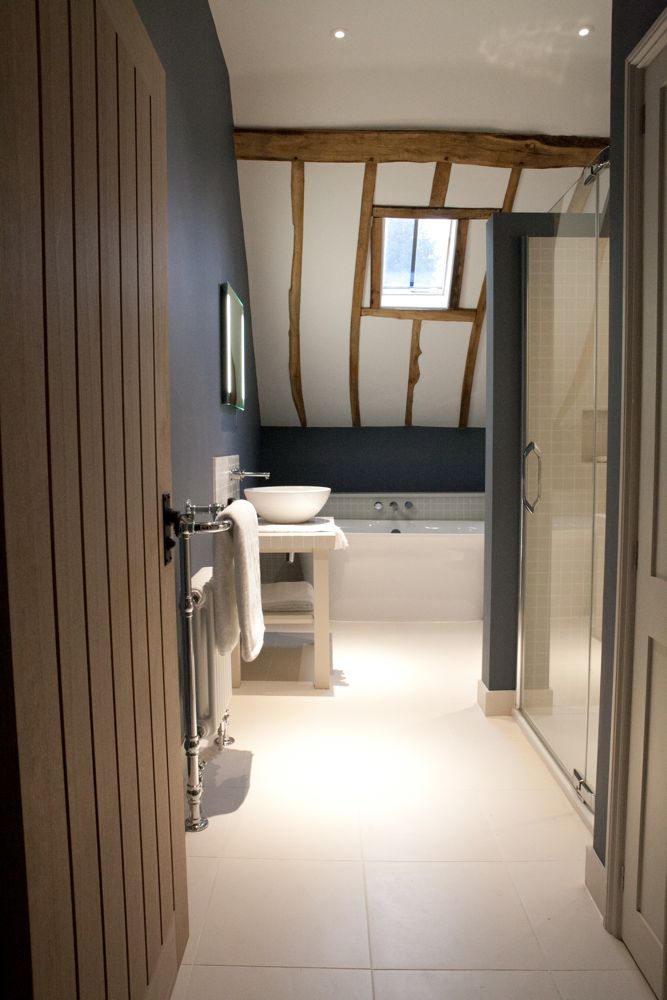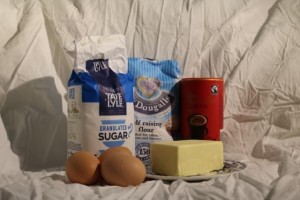LEDs – The Quality of White in Lighting Design
Why does colour matter in lighting?
Why does the colour of one LED light appear completely different to another, even though both are classified ‘warm white’?
So often one of the first things clients say to us is that they hate LEDs because they produce a cold blue/white light. But this harsh light can be avoided if you know what to look out for. As specialist architectural lighting designers one of the most important factors we pay attention to is the colour and quality of the white.
When we talk about the colour of light we don’t mean orange or blue light but the quality of the white. Why are there so many different ‘whites’ in LED lighting, whereas halogen lighting was the same warm golden colour? Can that warm golden colour be replicated?
The complexities of LED technology extend to many learned research papers and scientific analysis. Suffice it to know that not all LED’s are the same – that despite being classified as warm white, the colours may well vary significantly. Light can be measured in a number of ways – the two that are important with reference to colour are; colour rendering and colour temperature.
As we know, colour & light is perceived by the eye – as light falls onto an object the cones in your eye read the colour that bounces back. However, this colour is dependent on the quality of the light source.
Our technical director, Paul Stephenson, has set out a few of the key factors in determining the colour of LEDs – a full version is available as a pdf on request.
“The vast majority, although by no means all, of basic white LED chips are in fact blue LEDs with a yellow phosphor added to shift the output to white, and neither are easy to control in terms of their colour. This has meant that the basic LED available from standard outlets are made up of vast numbers of poor grade LED chips that find their way into the cheapest products.
The suppliers of higher quality chips to the lighting industry adopt a policy of ‘binning’ chips into closer sorted groups according to white colour quality so that the LED’s are consistent and high quality.
Colour is one of the key differences in the quality of white LED products, but there are other important factors.”
“As well as being sensitive to the colour of white light – all aspects of an interior are affected by the quality of light. Colour rendering is one measure of light quality that refers to the appearance of different colours under white light. Under the common Colour Rendering Index (CRI) a pallet (Ra8) of 8 colours is compared to their appearance in daylight on a scale of 1-100. Many LED products struggle to reach 80 on this scale, which is considered the bare minimum quality for light where people are working and living. This is concerning because the colours in the Ra8 index are all pastels (unsaturated) and relatively easy to render. With Ra9 (saturated red) a much bigger issue arises and many LEDs fail miserably. Anyone who has experience of brown looking reds will know why this matters. For interior designers and architects to spend long periods selecting paints, fabric and other finishes only for them to appear completely different in artificial light is a serious issue. Fortunately the LED manufacturers are raising their game and CRI90 (including Ra9) is now available from the better products.”
These photographs clearly show how important it is to select the right lighting for your interiors and that there is a difference between colour temperature and colour rendering.
Paul Stephenson has been involved in the architectural world for over 30 years, the last 20 of which have been centred on lighting. In 1997 he launched Virtual Daylight® the UK first ‘circadian’ lighting brand, becoming an authority on human centric lighting prior the discovery of the ‘3rd eye’ in 2001. As a Director of Clearvision Lighting for 20 years he has advised some of the UKs largest companies on lighting projects and lectured on the subject of artificial daylighting. In 2005 he co-founded Owl Lighting Ltd. to offer the opportunities of lighting design and new technology to the residential market.
For more information on this or any other issues relating to residential lighting please call us on : T. 01962 738689 or email : info@owl-lighting.co.uk
